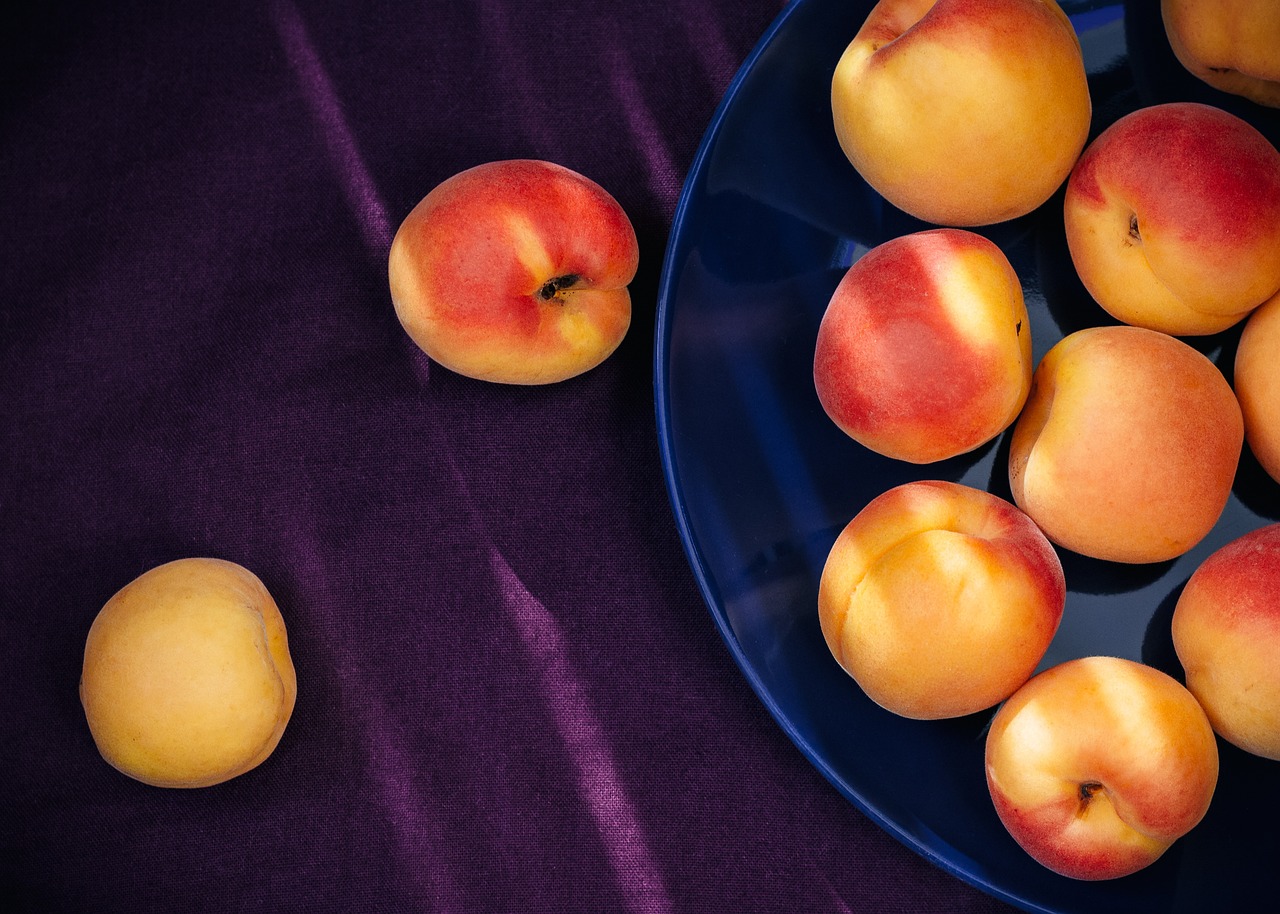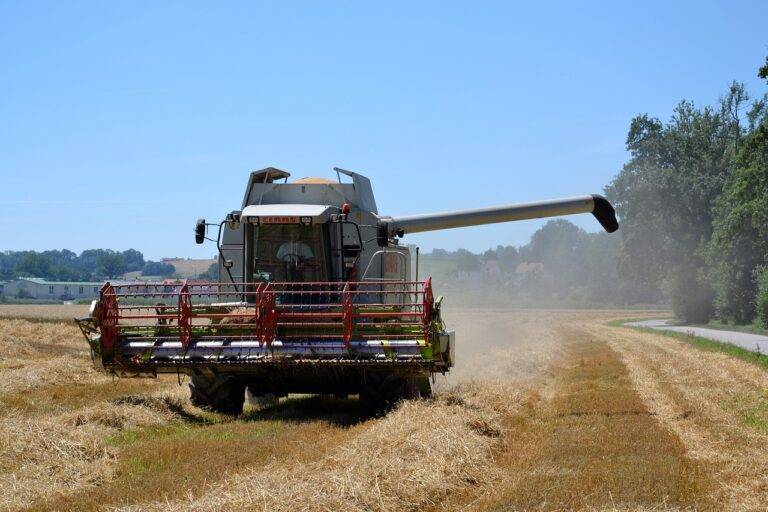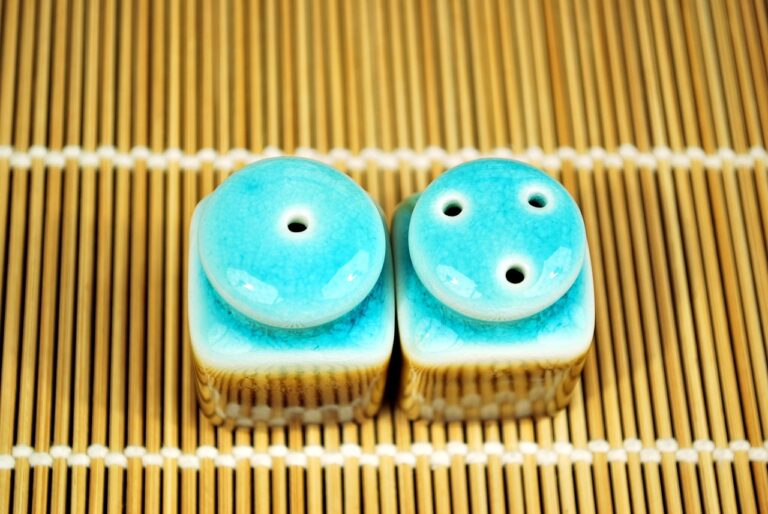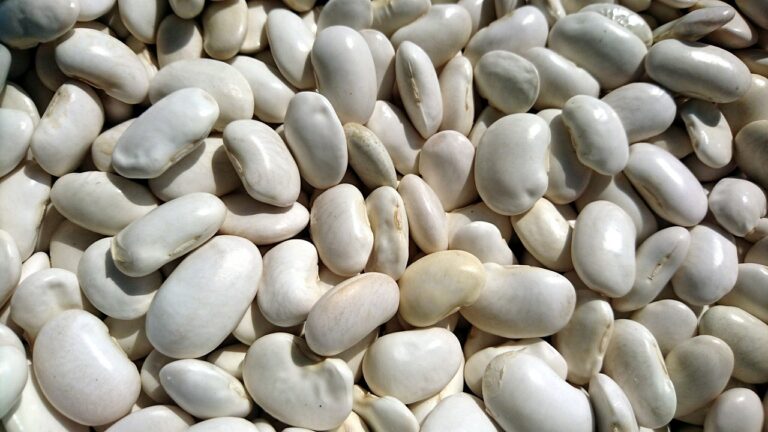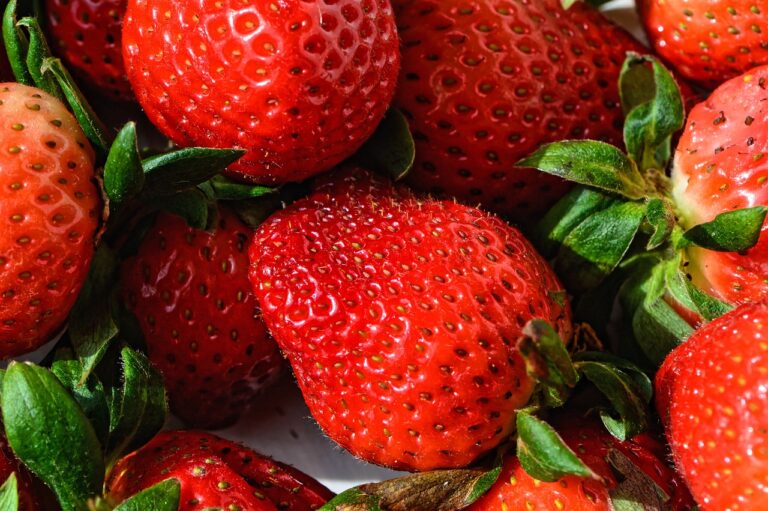The Future of Food Packaging: Sustainable Solutions for Reducing Waste
As the world continues to prioritize sustainability and environmental consciousness, the need for innovative materials in eco-friendly packaging becomes more apparent. Manufacturers are exploring various options to meet this demand while reducing the impact on the environment. One such material gaining popularity is mycelium-based packaging, which utilizes the root structure of mushrooms to create a biodegradable and compostable alternative to traditional plastic packaging.
In addition to mycelium, seaweed packaging is also emerging as a promising eco-friendly material for packaging. Seaweed-based packaging is not only biodegradable but also renewable and abundant in nature. Its versatility allows for various forms of packaging, from pouches to wraps, offering a sustainable alternative to single-use plastics. With these innovative materials paving the way for eco-friendly packaging solutions, the future of sustainable packaging looks promising.
Advancements in Biodegradable Packaging
As the global push for sustainable practices intensifies, the packaging industry is embracing biodegradable materials as a viable solution. With advancements in technology and innovation, biodegradable packaging offers a promising alternative to traditional plastics. These eco-friendly materials are designed to decompose naturally, reducing the environmental impact of waste accumulation.
One significant development in biodegradable packaging is the use of plant-based polymers such as polylactic acid (PLA) and polyhydroxyalkanoates (PHA). These materials are derived from renewable resources like corn starch and sugarcane, making them fully compostable. By utilizing plant-based polymers, companies can create packaging that breaks down into harmless organic matter, contributing to a circular economy and minimizing pollution.

